Karachi, Pakistan's vibrant bustling metropolis, boasts captivating seasonal blooms that reflect its diverse flora and climate. From spring's tulips and daffodils to summer's palm trees and tropical shrubs, these natural phenomena enhance the city's aesthetic appeal, support local biodiversity, and foster cultural connections. Understanding these seasonal changes is vital for ecological preservation and economic growth, drawing tourists to experience Karachi's unique floral tapestry. The city's mild winters and hot summers extend the growing season, showcasing a rich diversity of blooms that influence local culture, tourism, and culinary traditions. Conservation efforts aim to balance Karachi's rapid growth with environmental sustainability.
In Karachi, a vibrant city known for its bustling streets and diverse cultures, seasonal bloom patterns paint a captivating tapestry. Understanding these global trends reveals how climate shapes floral timelines, from subtropical luxuriance to arid resilience. This article explores Karachi’s unique floral calendar, delves into the economic and cultural significance of seasonal flowers, and highlights conservation efforts in this dynamic metropolis. Discover how nature’s annual ballet influences not just landscapes but also societies.
- Understanding Seasonal Blooms: A Global Perspective
- Karachi's Unique Floral Calendar: Unveiling the Patterns
- Climate's Role in Shaping Bloom Timelines
- Regional Diversity: From Subtropical to Arid Climes
- Economic and Cultural Implications of Seasonal Flowers
- Conservation Efforts and Sustainable Practices in Karachi
Understanding Seasonal Blooms: A Global Perspective
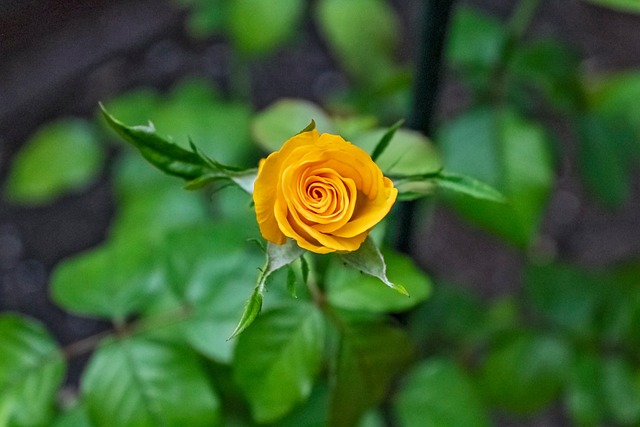
In the global landscape, seasonal blooms are a captivating natural phenomenon that varies across regions, influencing local ecosystems and communities. From the vibrant flower fields of Holland to the cherry blossom festivals in Japan, understanding these seasonal changes is a key aspect of ecology and cultural celebration. Karachi, a bustling metropolis in Pakistan, also experiences distinct seasonal blooms that have both ecological and economic implications.
The city’s diverse flora reflects its varied climate, with specific plants thriving during different seasons. For instance, while spring brings a burst of colorful wildflowers like tulips and daffodils, summer is characterized by the lush green foliage of palm trees and tropical shrubs. These seasonal changes not only add aesthetic beauty to Karachi but also support local biodiversity, attracting tourists and fostering a deep connection with nature among residents.
Karachi's Unique Floral Calendar: Unveiling the Patterns
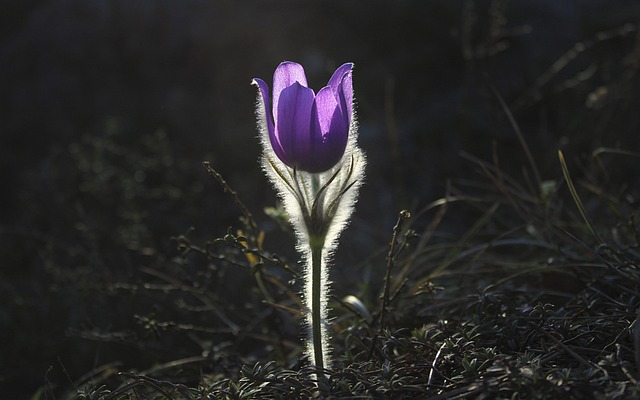
Karachi, Pakistan’s vibrant metropolis, boasts a unique floral calendar that reflects its seasonal bloom patterns. Unlike many global cities, Karachi experiences distinct weather variations throughout the year, leading to a rich and diverse array of blooming plants. The city’s floral landscape transforms from one season to the next, offering residents and visitors alike a captivating spectacle.
Spring, for instance, brings a burst of colors with the blooming of cherry blossoms, jacarandas, and various wildflowers that dot the urbanscape. Summer sees a shift towards heat-tolerant species like bougainvillea and hibiscus, while autumn adds a melancholic beauty with the fading hues of once-vibrant blooms. Winter, however, offers a respite with the blooming of citrus trees, adding a fresh scent and vibrant colors to the city’s architecture. Karachi’s unique floral calendar not only enriches its aesthetic appeal but also has regional implications, influencing local culture, tourism, and even culinary traditions.
Climate's Role in Shaping Bloom Timelines
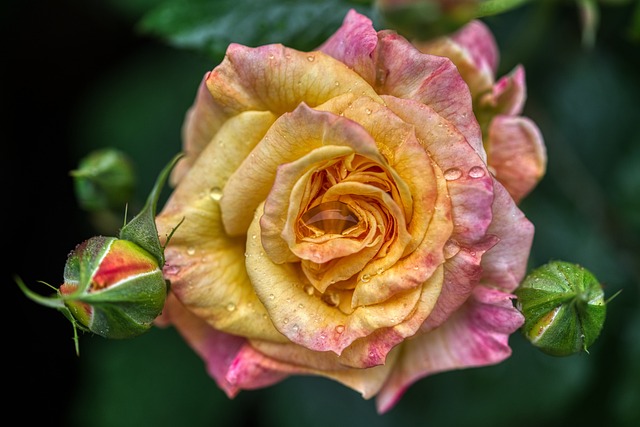
The climate plays a pivotal role in shaping bloom timelines across different regions, including Karachi. The city’s unique weather patterns influence when and how flowers flourish, creating distinct seasonal blooms. For instance, mild winters and hot summers contribute to a long growing season, allowing various floral species to thrive. This results in vibrant displays of color throughout the year, from the fragrant jacarandas that line streets during spring to the tropical hibiscuses that add a splash of bright hues during summer.
In Karachi, climate variability also means that bloom times can be somewhat unpredictable. Extreme weather events, such as heavy rainfall or prolonged droughts, can disrupt natural cycles, causing flowers to bloom earlier or later than usual. This environmental factor has significant regional impacts, affecting local ecosystems, agriculture, and even tourism, as people travel to enjoy the city’s beautiful floral offerings at their peak.
Regional Diversity: From Subtropical to Arid Climes
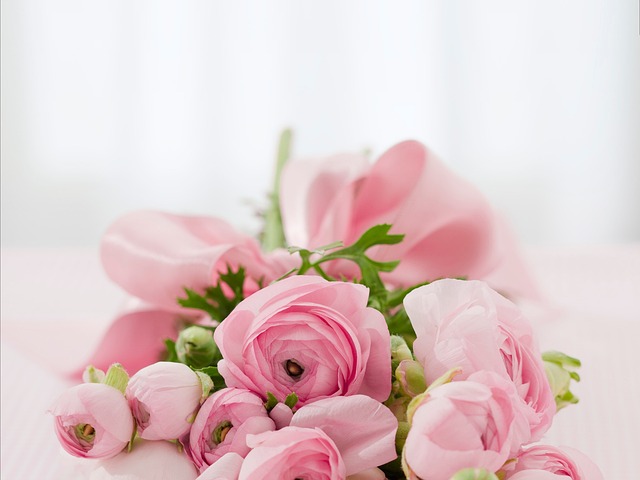
The regional diversity of bloom patterns is a fascinating aspect of botany, showcasing the unique adaptations plants have developed to thrive in varying climates. Consider Karachi, nestled in the subtropical region, where annual blooms burst forth with vibrant colors during the mild winters, attracting pollinators and creating a spectacle for locals and visitors alike. In contrast, regions characterized by arid climes present distinct challenges, leading to sparse but resilient blooms that often occur during specific, strategic periods to conserve water and energy.
This regional diversity is not merely an aesthetic phenomenon; it reflects ecological balance and survival strategies. For instance, the temporal nature of blooms in arid areas ensures plants maximize sunlight exposure for photosynthesis while minimizing water loss, demonstrating a remarkable ability to adapt to harsh environments. Understanding these variations offers insights into plant behavior and contributes to conservation efforts, highlighting the importance of regional specificity in botanical research and environmental stewardship.
Economic and Cultural Implications of Seasonal Flowers
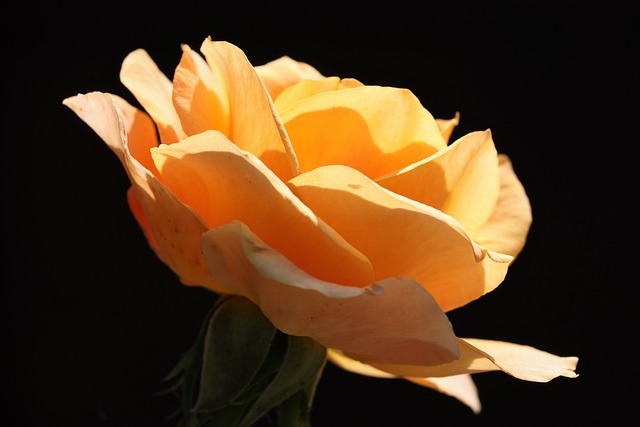
In many regions around the world, seasonal bloom patterns play a significant role in shaping local economies and cultures, particularly in cities like Karachi where floral diversity is celebrated. The economic implications are vast; flower markets flourish during peak seasons, attracting both local enthusiasts and tourists who come to admire and purchase these vibrant displays of nature’s beauty. This boosts local businesses, from small florists to large-scale growers, creating employment opportunities and fostering a thriving green industry.
Culture also finds its canvas in the changing hues of seasonal flowers. Karachi’s diverse communities often incorporate these blooms into festivals, weddings, and traditional ceremonies, adding a unique touch to their cultural expressions. The regional impact extends beyond aesthetics; it inspires local artists, designers, and craftspeople, who draw inspiration from nature’s palette to create works that reflect their heritage and environment, contributing to the city’s rich cultural tapestry.
Conservation Efforts and Sustainable Practices in Karachi
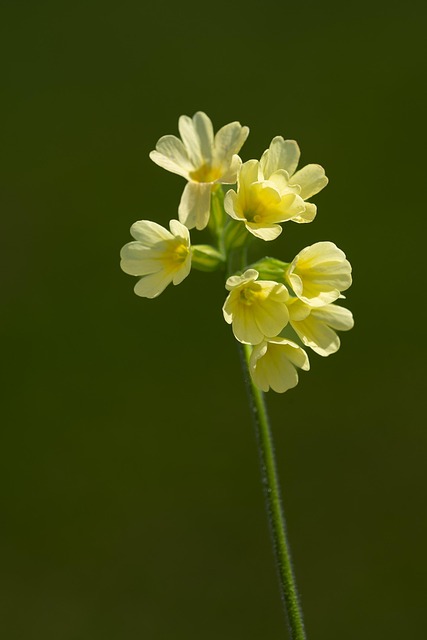
Karachi, Pakistan’s bustling metropolis, has been witnessing a growing emphasis on conservation efforts and sustainable practices, especially in response to its seasonal bloom patterns. The city’s diverse flora faces unique challenges due to rapid urbanization and changing climatic conditions. Conservationists and local authorities are actively working towards preserving the region’s natural beauty by adopting eco-friendly measures.
One notable initiative is the greening of urban areas with native plant species, which not only enhances the aesthetic appeal but also supports local ecosystems. Additionally, sustainable water management practices are being implemented to ensure the availability of this vital resource for both plants and residents during peak bloom seasons. These efforts aim to create a harmonious balance between the city’s rapid growth and its natural environment, ensuring Karachi remains a vibrant and sustainable metropolis.
Karachi’s exploration of seasonal bloom patterns reveals a rich ecological tapestry, with each region showcasing unique floral calendars. Understanding these patterns not only highlights the city’s biodiversity but also underscores the profound economic and cultural value of seasonal flowers. As climate change continues to alter bloom timelines globally, sustainable conservation practices in Karachi become increasingly vital for preserving this natural legacy. By embracing regional diversity and adopting eco-friendly approaches, Karachi can ensure that its floral wonders continue to thrive and inspire future generations.
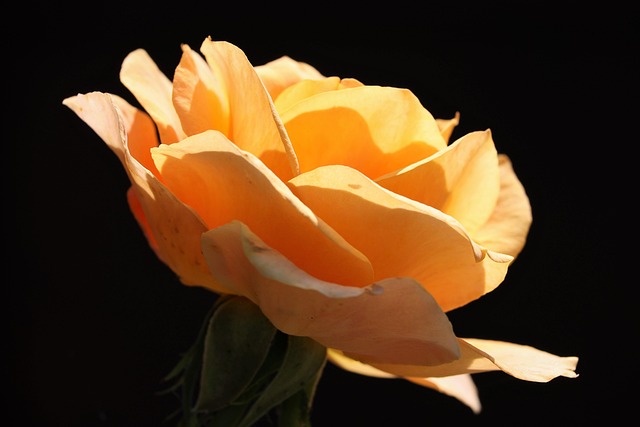
Leave a Reply